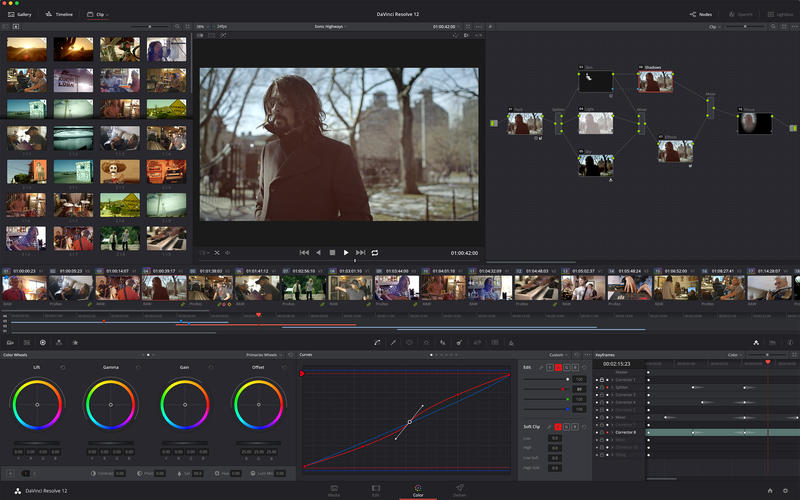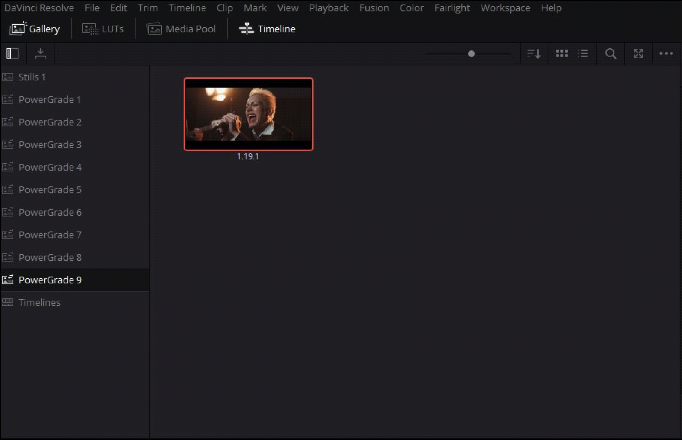

Why “Cineon film log”? That is because the LUT is actually designed for scanned film footage.
To fix this, we’ll select the node before and change the output gamma to “Cineon Film Log”. But as we apply the Rec709 LUT, we see that it is overly contrasty footage. We will go to film looks under LUTs and select Rec709 Kodak 2383 D55. But that will be the topic of some other day. It basically works in replacement of a Log to Rec709 LUT, only offering more utility and flexibility. For those who don’t know what the last node does here, it basically transforms your footage from the color space it was shot into Rec709. Our current node tree involves white balance, Primaries, grain, and Rec709 Color Space Transform.  After we have imported and graded the footage. Here’s an article from my website that walks you through all these steps in more detail. This LUT can be used across multiple projects and multiple NLEs. Switch over to your editing application and import your new custom LUT and apply it to your footage.ĭone. Click OK, give it a name and location, then save it. Then, and this is a KEY step, select the CUBE format. Give the file a description that makes sense to you. In Photoshop, choose File > Export > Color Lookup Tables. Here’s the magic part – as long as you convert the image into a background and use adjustment layers, you can take your look and convert it into a LUT which can be opened in a variety of applications. NOTE: Do not adjust the image, only modify the adjustment layer. Add at least one Adjustment layers, then adjust Levels and other settings to the adjustment layer to create the look you want. Select the layer containing the image and choose Layer > New > Background from Layer.
After we have imported and graded the footage. Here’s an article from my website that walks you through all these steps in more detail. This LUT can be used across multiple projects and multiple NLEs. Switch over to your editing application and import your new custom LUT and apply it to your footage.ĭone. Click OK, give it a name and location, then save it. Then, and this is a KEY step, select the CUBE format. Give the file a description that makes sense to you. In Photoshop, choose File > Export > Color Lookup Tables. Here’s the magic part – as long as you convert the image into a background and use adjustment layers, you can take your look and convert it into a LUT which can be opened in a variety of applications. NOTE: Do not adjust the image, only modify the adjustment layer. Add at least one Adjustment layers, then adjust Levels and other settings to the adjustment layer to create the look you want. Select the layer containing the image and choose Layer > New > Background from Layer. 

TIFF or PNG are the best export formats to use. NOTE: This image needs to retain detail in the highlights. In Photoshop, import a still frame from the video that you want to create a LUT for.Here’s a technique that creates LUTs that work in Premiere, After Effects, Final Cut, Motion or DaVinci Resolve. 709 media, which we use every day in HD projects. LUTs are a great way to take log or RAW images and convert them into something pleasing to look at. Save LUT settings in Photoshop using the CUBE format.








 0 kommentar(er)
0 kommentar(er)
